Here’s what to do with chard, including a super-simple recipe using pre-prepared frozen ravioli.
Seasonal Availability:
Wisconsin farmers and gardeners harvest chard July through October, depending on the variety and part of the state it is grown in.
Health Benefits:
High in fiber (needed for a happy digestive system), vitamins A and K, chard also provides you with vitamins E and C, magnesium, manganese, potassium, and iron. The vegetable is also packed with antioxidants (which help prevent cell and tissue damage in your body).
How to Select:
The leaves and stems should be brightly colored (though keep in mind the stems can be white, red, or rainbow–pink, yellow, and orange). The leaves should be bright green and crisp. You should avoid chard with large holes, rips, or leaves that are browning or yellowed.
How to Store:
Wrap the vegetable in paper towels and store (refrigerated) in loosely-closed produce bags for up to a week. If the paper towels get damp, replace them with dry ones, as drier leaves will last longer. Do not wash until ready to use.
How to Prepare:
Both leaves and stems of chard are edible. You can use the stems by pickling, sauteéing, using them like celery in soups, or peeling and cutting them into matchsticks for salads. Younger chard can be eaten raw, but chard is typically cooked to reduce its bitterness. You can quickly sautée chard and serve it alongside seafood or eggs, or cook it more slowly by roasting—adding color to any dish. Create cozy comfort foods by adding chard to your pasta sauce of using in a soup. Add it to a pizza, frittata, or gratin. You can substitute the vegetable in most dishes that call for cooked greens of some kind—like this five ingredient Ravioli and Chard Diavolo.
Recipe: Ravioli and Chard Diavolo
Recipe Information
Total Time: 15 minutes
Servings: 4
Pick your favorite ravioli; this is just as good with beef, cheese or veggie pasta. Sautéeing the chopped chard stems gives the dish a little crunch, and smoked mozzarella adds a deep, smoky richness.
Ingredients
- 1 pound frozen ravioli
- 1 bunch Swiss chard, stems and leaves separated
- 2 cups spicy pasta sauce (Diavolo-style)
- 1 cup frozen peas, thawed
- 4 ounces smoked mozzarella, cut in small cubes
- 1 teaspoon olive oil
Preparation
Boil a pot of water for the ravioli. Then, cook the ravioli for the recommended time (about 5 minutes) then drain. Chop the chard stems and leaves and keep them separate.
In a large sauté pan, heat the oil over medium-high heat and sauté just the stems of the chard for about 2 minutes. Add the leaves and stir for a minute, until wilted. Then, add the sauce and peas and bring to a boil.
Next, add the cooked and drained ravioli and toss to coat with sauce. Stir in the mozzarella cubes and stir until they start to melt. Serve immediately.
Serving Suggestion
Serve this pasta dish with steamed green beans and crusty bread to round out the meal.
Nutritional Information
470 calories, 13 g. fat, 40 mg. cholesterol, 1050 mg. sodium, 66 g. carbohydrate, 7 g. fiber, 22 g. protein
Recommended reading:
Find a creative way to use chard in the colorful Chard Shakshouka recipe in Michael Anthony’s V is for Vegetables cookbook available through the Hudson Public Library system.
What about you?
What’s your favorite way to tame the sometimes-bitter leaves of chard? Have you used it successfully in a surprising recipe? Share your thoughts over on our Facebook page!
Want to see more local, fresh produce in your fridge? Become an owner of the Hudson Grocery Cooperative—which will be a locally-owned, full-service grocery store that offers diverse food and product choices including organic, sustainable and regionally sourced options for our community.
Image and recipe credit: Welcome to the Table

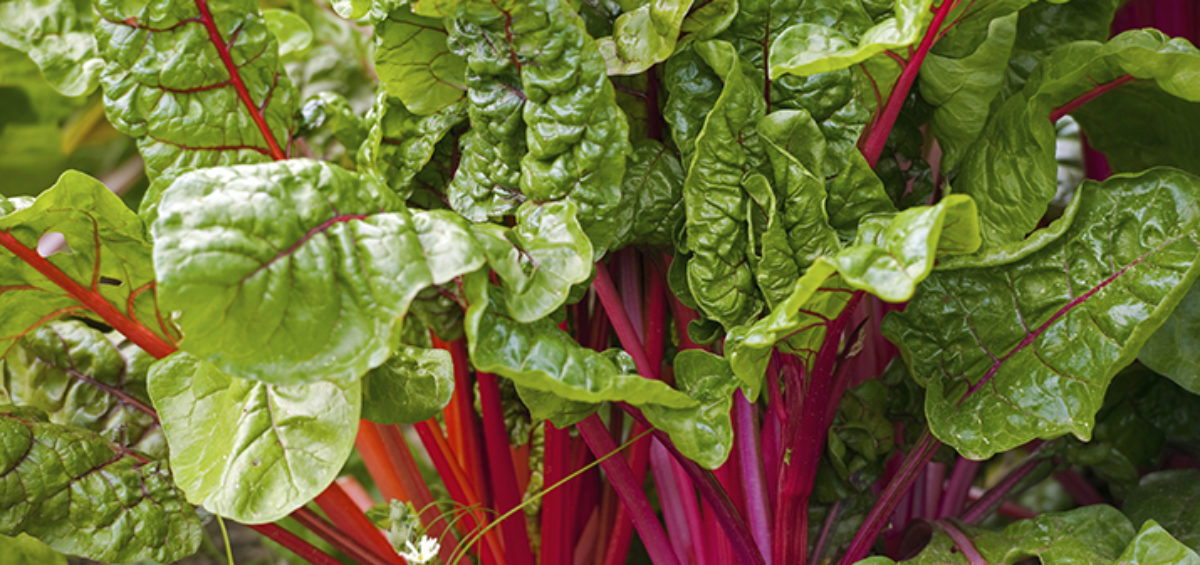
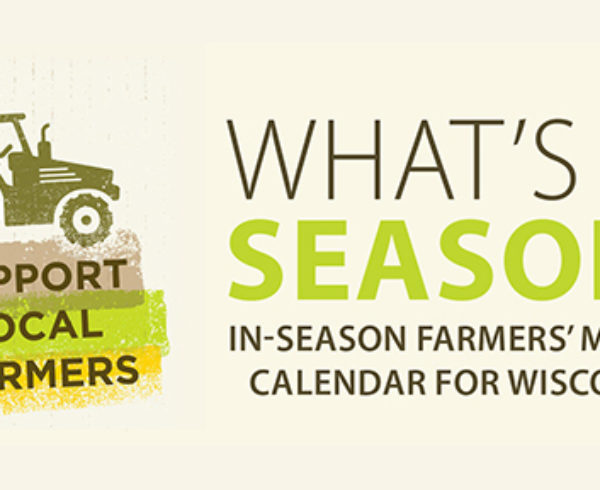
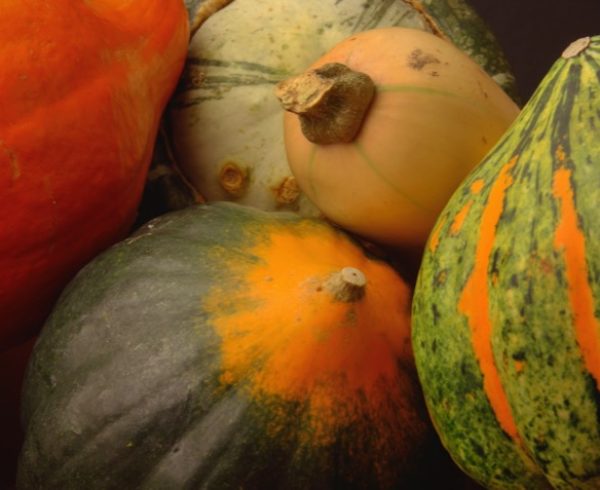
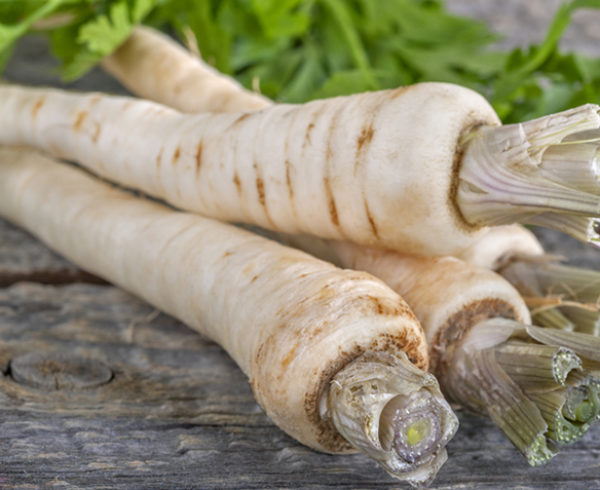
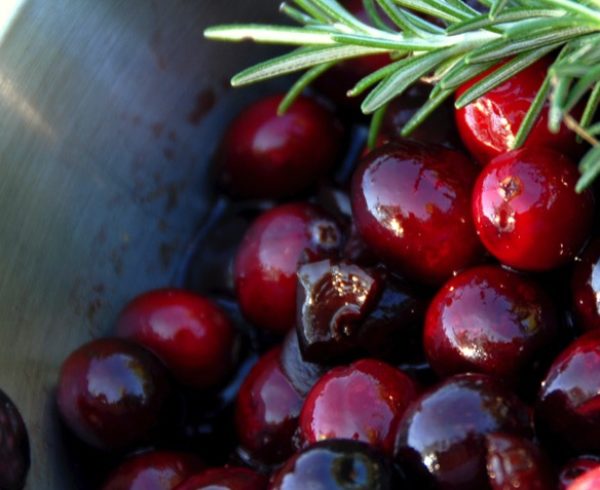


Leave a Comment